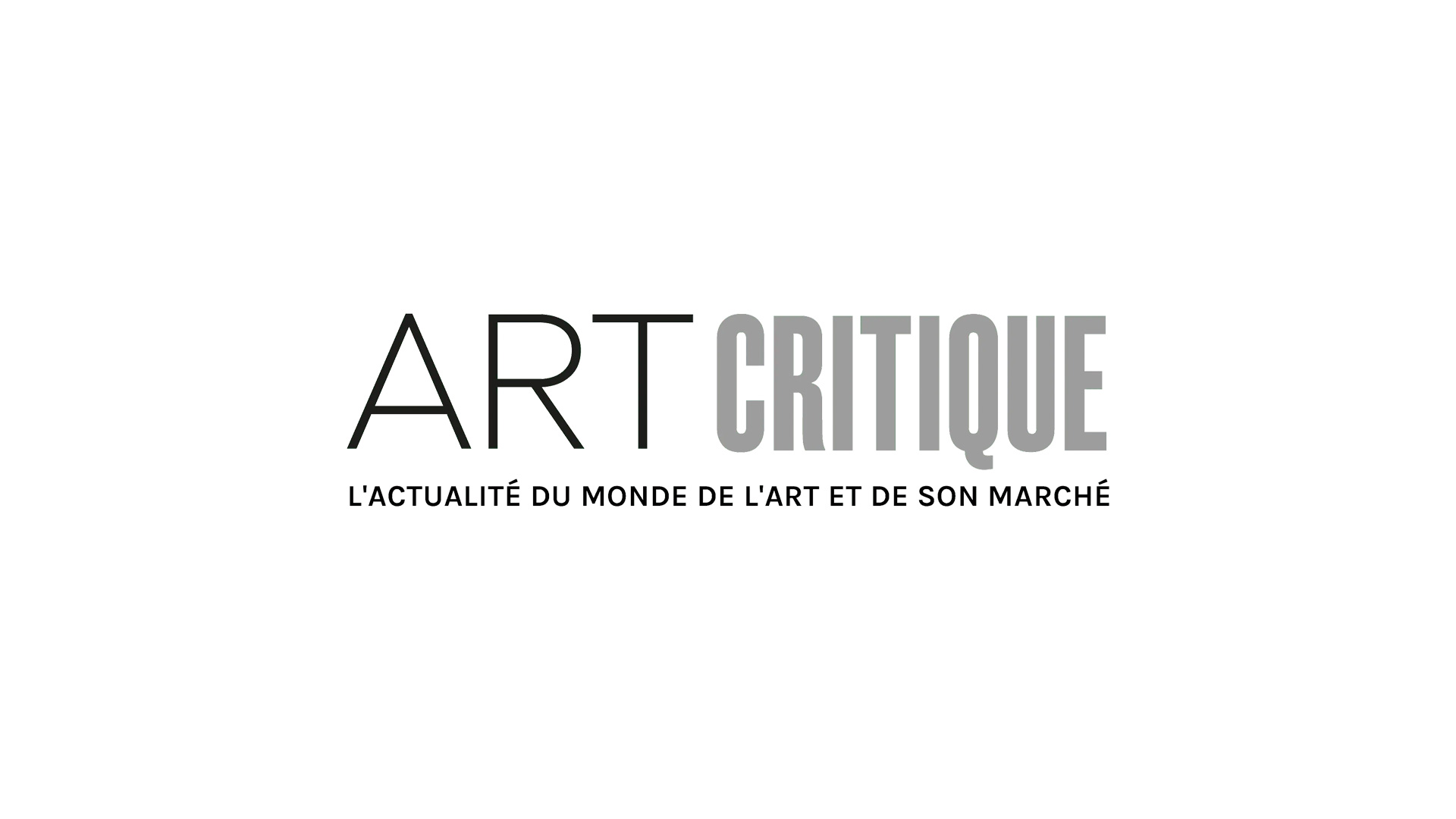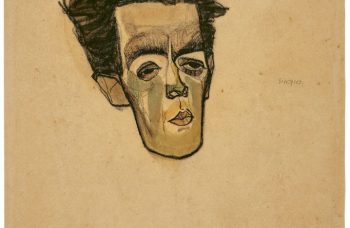Over the past two weeks, Christie’s held seven online auctions as part of their “Classic Week,” which has featured everything from ancient artworks to Old Master painting. One of the auctions, in particular, though, has garnered some unwanted attention. After four Greek and Roman works quietly disappeared from the catalogue of the auction of antiquities, one archaeologist took note.
Unless you were eyeing the works yourself, the removal of lots 113, 121, 49, and 25 (two Attic vases, a marble hare sculpture of Roman origins, and a Roman bronze eagle sculpture, respectively) from the auction of antiquities might have flown under the radar. After all, it isn’t terribly uncommon for auction houses to remove lots from auctions already underway. However, for Christos Tsirogiannis, a leading archaeologist and associate professor at the Institute of Advanced Studies within the University of Aarhus in Denmark, the presence and subsequent removal of the lots did not go unnoticed. Instead, Tsirogiannis saw the withdrawn lots as a sign of ongoing issues within the antiquities market.
As a researcher, Tsirogiannis has focused significantly on the illicit trafficking of antiquities. Since the early 2000s, he has compiled a database of more than 1,000 looted artefacts that have turned up at auction house and gallery sales or in private collections and museum stores. His work has been integral in helping Interpol and other authorities repatriate many of those works.
His track record has given him access to much information regarding items seized during police raids in Italy and Greece, which is how he was able to draw a connection between the removed Christie’s lots and notorious (and convicted) antiquities dealer Gianfranco Becchina. Looking at the original sale catalogue, Tsirogiannis was reminded of the Becchina archive. Within the archive, Tsirogiannis was able to locate documentation for and photos of the vases and statues taken before they were restored and turned up at Christie’s. The evidence uncovered by Tsirogiannis’ research proved the items were once purchased by Becchina through illegal means. When Tsirogiannis went back to the auction house’s catalogue, he found that the works had been removed without any explanation.
For the archaeologist, the discovery highlighted the lack of in-depth research on Christie’s part to vet lots before they make it into a sale. “It’s amazing. It’s the same pattern. These companies advertise due diligence and transparency – and in practice it’s exactly the opposite,” Tsirogiannis told The Guardian.
In response to Tsirogiannis’ allegations, a spokesperson for Christie’s confirmed the lots were removed “following the provision of new information by the appropriate authorities from archives currently still unavailable to our researchers.” She continued by saying: “We take our research very seriously. We always act appropriately on additional information when provided, particularly where we don’t have access to helpful archives, and the number of lots affected by such situations remains very few.”
Tsirogiannis, though, is not convinced of the work the auction house claimed to have done. In an email to Artnet News, Tsirogiannis summed up his frustration stating: “Unprovenanced, looted, and stolen antiquities are continuously on offer by the market, because the market refuses to send images of the objects they intend to sell to the relevant authorities and check these objects with them, before the auction houses and the dealers even compile their sale catalogues”





